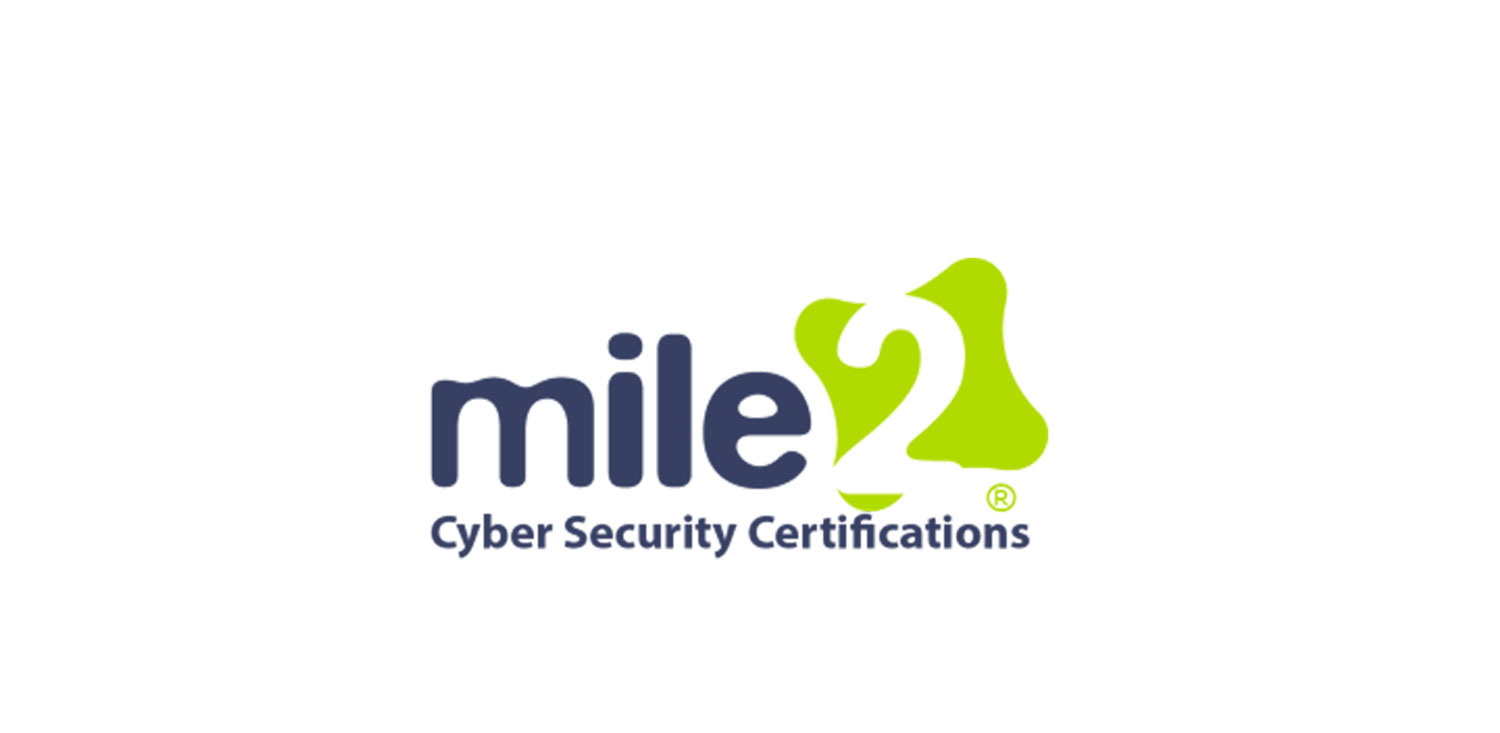Description
Who Should Attend
C- Level Managers.
IT Managers
Cyber Security Personelle
Engineers
Information Systems
Owners
ISSO’s
CISSP Students
ISO’s
Module 1 – Security Management
- The Role of the CSLO
- Business Goals and Objectives
- Overview of Governance
- The First Priority for the CSLO
- Outcomes of Governance
- Performance and Governance
- Organization of IT Security.
- Security Strategy
- The Goal of Information Security
- Defining Security Objectives,
- Security Budget
- Security Integration
- Architecture
- Information Security Frameworks
- Integration
- СОВІТ 4.1
- Deming and Quality
- Ethics
- Fraud
- Hiring and Employment
- Intellectual Property
- Protecting IP
- Attacks on IP
- OECD Privacy Principles
- PII and PHI
- Awareness Training
Module 2 – Risk Management
- Risk Management
- Risk Assessment
- Quantitative vs Qualitative Risk
- What Is the Value of an Asset?
- What Is a Threat/Vulnerability
- Assess and Evaluate Risk
- Controls
- Comparing Cost and Benefit
I. Cost of a Countermeasure - Appropriate Controls
- Documentation
Module 3 – Encryption
- Encryption
- Secrecy of the Key
- Cryptographic Function
- XOR Function
- Symmetric Encryption
- Asymmetric Algorithms
- Hashing Algorithms
- Digital Signatures
- Digital Envelope
- Public Key Infrastructure (PKI)
- Certificates
- Uses of Encryption in Communication
- Auditing Encryption implementations
- Stenography
- Cryptographic Attacks
Module 4 – Information Security Access Control Concepts
- Information Asset Classification
-
- Criticality
- Sensitivity
- Regulations and legislation
- Asset Valuation
- Information Protection
- Storing, Retrieving. Transporting and Disposing of Confidential Information
- Password Policy
- Password Cracking
- Biometrics
- Authorization
- Accounting/Auditability
- Centralized Administration
- Access Control
Module 5 – Incident Handling and Evidence
- Goals of Incident Management and Response
- Security Incident Handling and Response
- Evidence Handline
- What is an Incident – Intentional
- What is an Incident – Unintentional
- Malware
- Attack Vectors
- Information Warfare
- Developing Response and Recovery Plans
- Incident Response Functions
- Incident Management Technologies
- Responsibilities of the CSLO
- Crisis Communications
- Challenges in Developing an Incident Management Pian
- When an incident Occurs
- During an Incident
- Containment Strategies
- The Battle Box
- Evidence Identification and Preservation
- Post Event Reviews
- Disaster Recovery Planning (DRP) and Business Recovery Processes
- Development of BCP and DRP
- Disaster Recovery Sites
- Recovery of Communications
- Plan Maintenance Activities
- Techniques for Testing Security
- Vulnerability Assessments
- Penetration Testing
Module 6 – Operations Security
- Operations Security
- Specific Operations Tasks
- Data Leakage – object Reuse
- Records Management
- Change Control
- Trusted Recovery
- Redundant Array of Independent Disks (RAID)
- Phases of Plan
- BCP Risk Analysis
- Recovery Point Objective
- Priorities
- OWASP Top Ten (2013)
- Common Gateway Interface
- How Cel Scripts Work
- Cookies
- Virtualization • Type 1
- Virtualization – Type 2
- Technologies – Databases and DEMS
- Facilities
- Facilities Security
- Environmental Security
- Physical Access Issues and Exposures
- Controls for Environmental Exposures
Module 7 – Network Security
- Network Topologies- Physical Layer
- Data Encapsulation
- Protocol’s at Each layer
- Devices Work at Different Layers
- Technology based security
- Network Security Architecture
- Firewalls
- Unified Threat Management (LTM)
- UTM Product Criteria
- TCP/IP Suite
- Port and Protocol Relationship l Network Security
- internet Threats and Security
- Auditing Network Infrastructure Security
- IPsec- Network Layer Protection
- Wireless Technologies- Access Point




